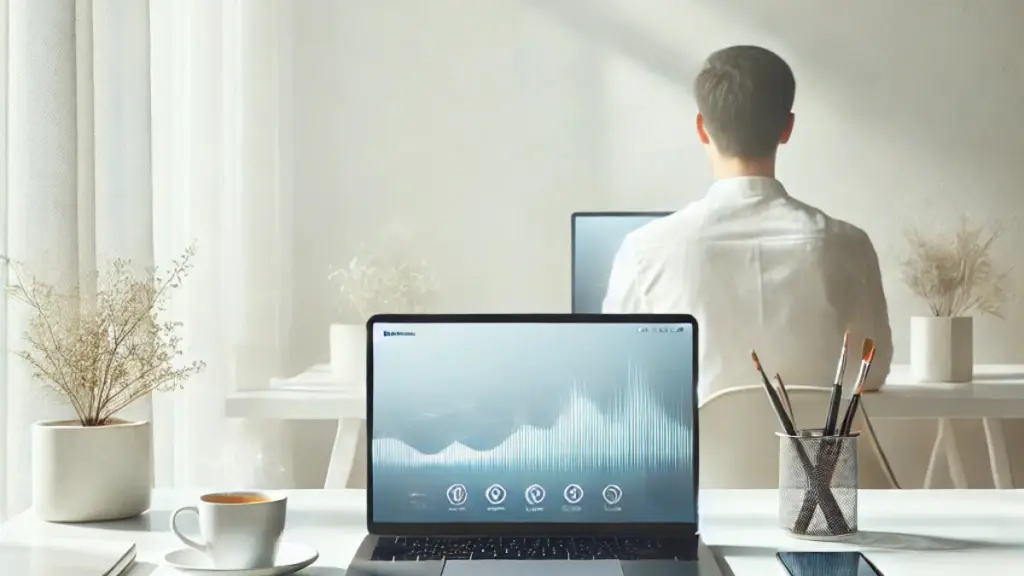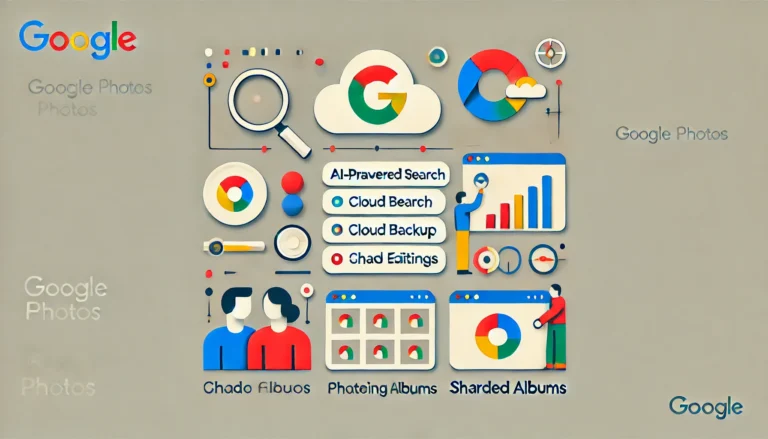
In this digital era, it isn’t difficult to be overwhelmed by the cacophony of endless notifications, emails, and applications that keep asking for our attention. Additionally, our gadgets can ring in relentlessly, from vigilance on social media right to productivity applications. This’s where the practice of digital minimalism comes in-depth: an intentional life with one’s digital usage and deployment of technology for serving humanity’s well-being rather than detracting from it.
Digital minimalism is about simplification of the relationship with technology, and being much more intentional about what we allow into that little digital space. This blog will walk you through what digital minimalism is all about, its benefits, and actionable steps on how to lead a balanced and mindful life in the digital landscape.
What is Digital Minimalism?
Digital minimalism cohabits with digital clutter and makes use of technology only in ways that support one’s values. Coined by author Cal Newport in his book Digital Minimalism: Choosing a Focused Life in a Noisy World, it rather means being intentional with our choices when it comes to using technology, rather than adopting all that is made available passively.
Digital minimalists try to:
- Less time on devices translates into time spent on things that will add real significance to one’s life.
- Nurture deep connections with people, rather than superficial ones.
- Technology should be used just as a tool and not something that will provide constant entertainment or even distractions.
That minimalism with technology means not necessarily giving up one’s devices, but rather curating a digital life that supports your goals and well-being.
The Joy of Digital Minimalism

Focus Improved and Productivity
All that digital clutter-inbox full of messages, too many phone apps, and flood of notifications-will create noise in the mind.
Reduced Stress and Anxiety
Other trails of constant connectivity may be the stress and anxiety. Experts normally suggest that spending less time on social media and other online platforms reduces exposure to negative content and comparison traps, helping to calm the soul.
Improved Presence and Engagements
Constant phone use makes it hard to be present with loved ones or fully engage in real-life experiences.. Digital minimalism encourages you to focus more on face-to-face interactions; that way, you can get stronger in real-world connections and in the level of fulfillment.
Better Creativity and Mental Space
A decluttered virtual space clears the headspace for creative thinking. Space is given to the subconscious to stray and so create original thoughts and ideas when one is not constantly consuming.
Steps Toward the Digital Minimalist Life
Audit Your Digital Life
First and foremost, reflect on your current practice of consuming everything digital. Consider listing:
- Apps: Which ones do you use daily? Which ones create value and which ones distractions?
- Social Network Profiles: Are you using those platforms you somehow feel obligated to maintain but do not really enjoy?
- Email Subscriptions: How many subscriptions are useful vs. superfluous?
This digital audit will provide an idea of what is needed and what can be eliminated.
Declutter Your Digital Devices
Once you have a clear view of your digital landscape, start decluttering:
- Kill Needless Apps: Remove everything that does not have a sane reason for being there, or making your life any better. Be merciless with social network applications if they help you only to waste more of your time in distraction.
- Clean up your desktop and phone screens: Organize needed applications into folders and delete shortcuts for apps that you don’t use anymore. A clutter-free interface is conducive to a clean and focused state of mind.
- Sort and clean up digital files: Take the time to get rid of all those old, unused files and store the rest in easy-to-navigate folders.
Screen-Free Times and Zones
That is, digital minimalism doesn’t necessarily pertain to the amount of apps or notifications you have; it is about reclaiming your time and space.
- Establish device-free times: designate times of the day when you are not on any device, for example, the first hour in the morning or the last hour before bed.
- Establish device-free zones: Ensure there are device-free areas such as the dinner table or bedrooms, to ensure more mindful use and presence.
Limit Social Media Usage
Social media is a huge cause of distraction and stress for any individual. Hence, one should consider:
- Schedule Social Media Time: Apparently, setting certain times throughout the day when one checks social media rather than aimlessly scrolling regulates social media use. Applications such as Freedom and Forest block off specified sites and apps. Unfollow Conscientiously: Look at the list of persons you are following, and delete from it those that don’t add positivity to your life or value. Streamline your feed toward inspiring and uplifting content-one that speaks directly to your purpose and passions.
Perform a 30-Day Digital Detox
According to Cal Newport, this involves a 30-day digital declutter period during which you eliminate all non-essential technology from your life and spend time noticing what you truly miss. After 30 days, only reintroduce digital tools that provide real value.
Use this cleanup phase to reintroduce yourself to offline activities you love, like reading, athletics, and quality time with family. This reset helps re-engage you in building a healthier, more intentional relationship with technology.
Tips for Becoming a Digital Minimalist
Should Reassess Digital Needs Continuously
Schedule monthly or quarterly check-ins to assess your apps, subscriptions, and habits. Remove everything that no longer contributes any value in keeping your digital space organized.
Practice Mindful Use of Technology
Every time you reach for your phone or open an app, ask yourself why. Because it is a habit, or is it something which is actually needed? Knowing the pattern will make you more aware when you are wasting time on screens.
Develop Offline Hobbies
Invest in hobbies independent of screens, like cooking, gardening, painting, or playing a musical instrument. Most times, when there are a few fun things to do offline, it becomes much easier to avoid falling into excessive reliance on digital entertainment.
Use the Tech Tools That Support Digital Minimalism
Some of these apps actually help you regulate and limit your tech time, including:
- Screen Time or Digital Wellbeing: Phone features track your screen time and help you create limits.
- Focus@Will: This is where, with background music, one can enjoy enhancing productivity to keep them focused on working online.
- Notion or Evernote: one place to organize all the notes, ideas, and to-do lists; such that it reduces the number of productivity applications a person would use.
Adopt “JOMO” – Joy of Missing Out
In a culture of FOMO, digital minimalism encourages JOMO—the joy of missing out on the compulsion of constant connectivity and online peer pressures. Embrace the freedom of knowing that you don’t need to be connected 24/7 to live a full and productive life.
Conclusion: Reclaiming Your Digital Life
Digital minimalism is not a fleeting trend, but rather one of the strongest tools in the battle for control of your digital life. Prioritizing meaningful connections and thoughtful uses of technology can decrease our stress levels, sharpen our focus, and help us rediscover the playful enjoyment of real life
The less-it-is-more spirit of digital minimalism serves not to rid our lives totally of technology but rather to reboot our relationship with technology so that it serves us, not the other way around. Start small, start somewhere-quite literally-and watch how simplifying your digital life creates an intentional, balanced lifestyle.



